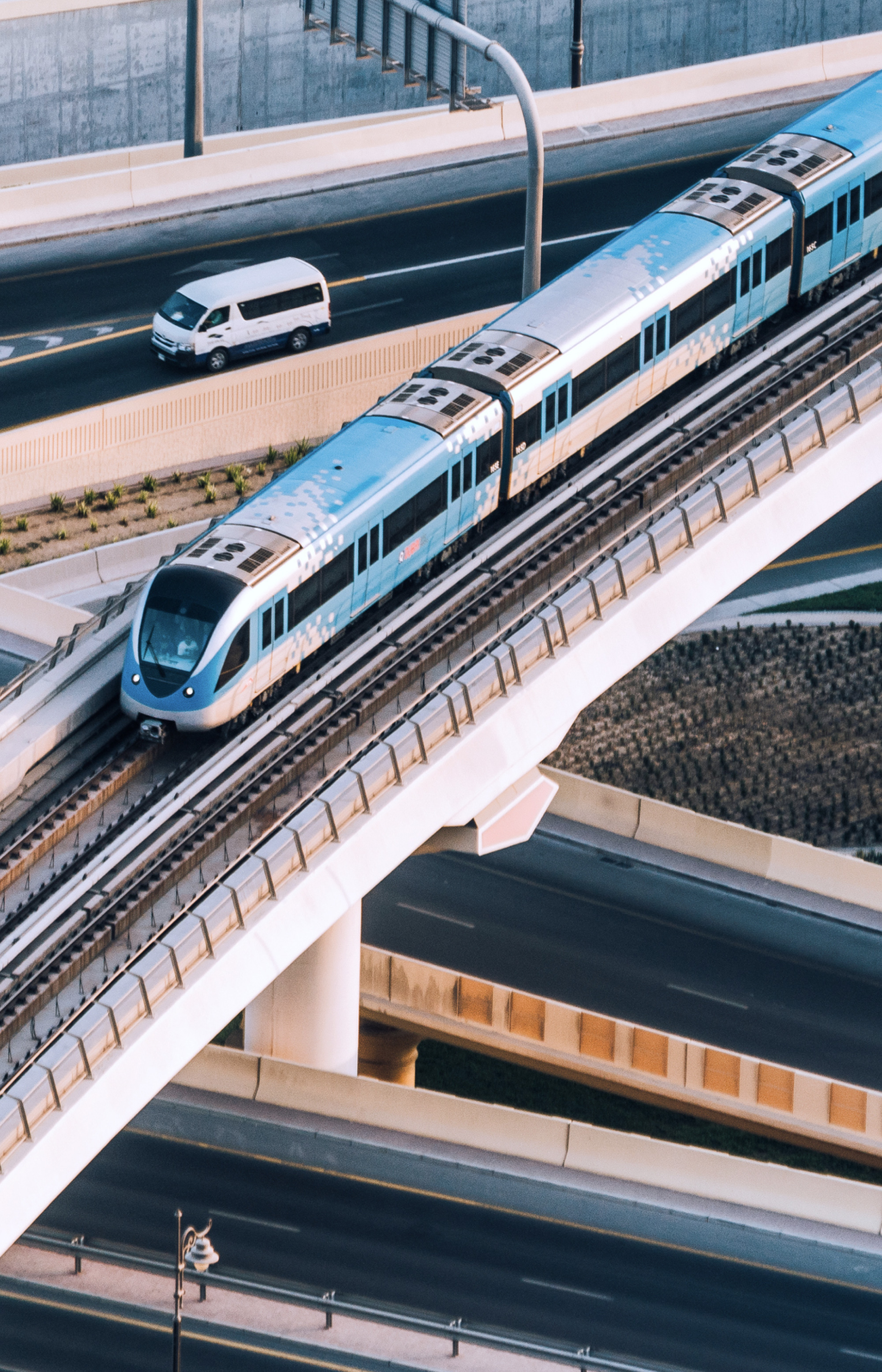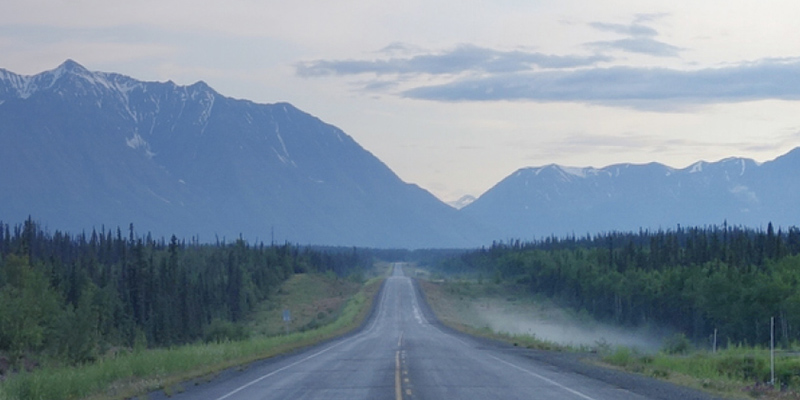Connecting Central Offices and Data Centers
Long haul installation connects one central office, or data center, to another. Whether that’s 10 miles or thousands of miles, using a conduit system means you only have to Dig Once.
Just like in the transportation industry, long haul means Point A to Point B. From São Paulo to Rio de Janeiro, Mexico City to San Luis de Potosí, or Bogotá to Medellin, a fiber optic network transports large amounts of data between destinations.
More Options for Traffic Flow
Long haul networks tend to use railway right-of-ways and act like a freeway system of high bandwidth traffic connecting the country. Creating alternate pathways and redundancy loops gives more options for diverting traffic during an outages, repairs, or upgrades.
Greater Data Capacity
Fiber optic lines can be connected underground or along existing telephone poles, aerially. Unlike metal cables, fiber optic cables are made from glass which is not susceptible to electromagnetic interference. They are less expensive, weigh less, and are easier to maintain than standard cable lines. Flowing over long distances without degradation, fiber optic cables use light instead of electricity to transmit data. The frequencies are higher; therefore, the data capacity is greater.
Generate Revenue
Empty conduits in the ground, which could be revenue-generating by leasing or renting, allow the potential for expansion when it is necessary. If fiber is direct buried alone, it will still be a leap forward in streamlining and investing in broadband infrastructure. However, when an upgrade is needed, it means more digging.

The Ease of Air Jetting
The use of HDPE conduit provides the flexibility of upgrading (adding additional fiber or replacing outdated cables) without the cost of digging. Fiber can be placed by air jetting it into the HDPE conduit or innerducts quickly and easily without the expense and disruption of construction using horizontal directional drilling, trenching, or saw cutting.
When using air jetting techniques to install fiber, the fiber utilizes the ‘viscous drag’ forces from high-speed air and are typically installed 1,000-2,000 meters in a single shot. By comparison, traditional installation allows for typical distances of 500 meters or less.



